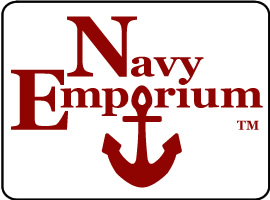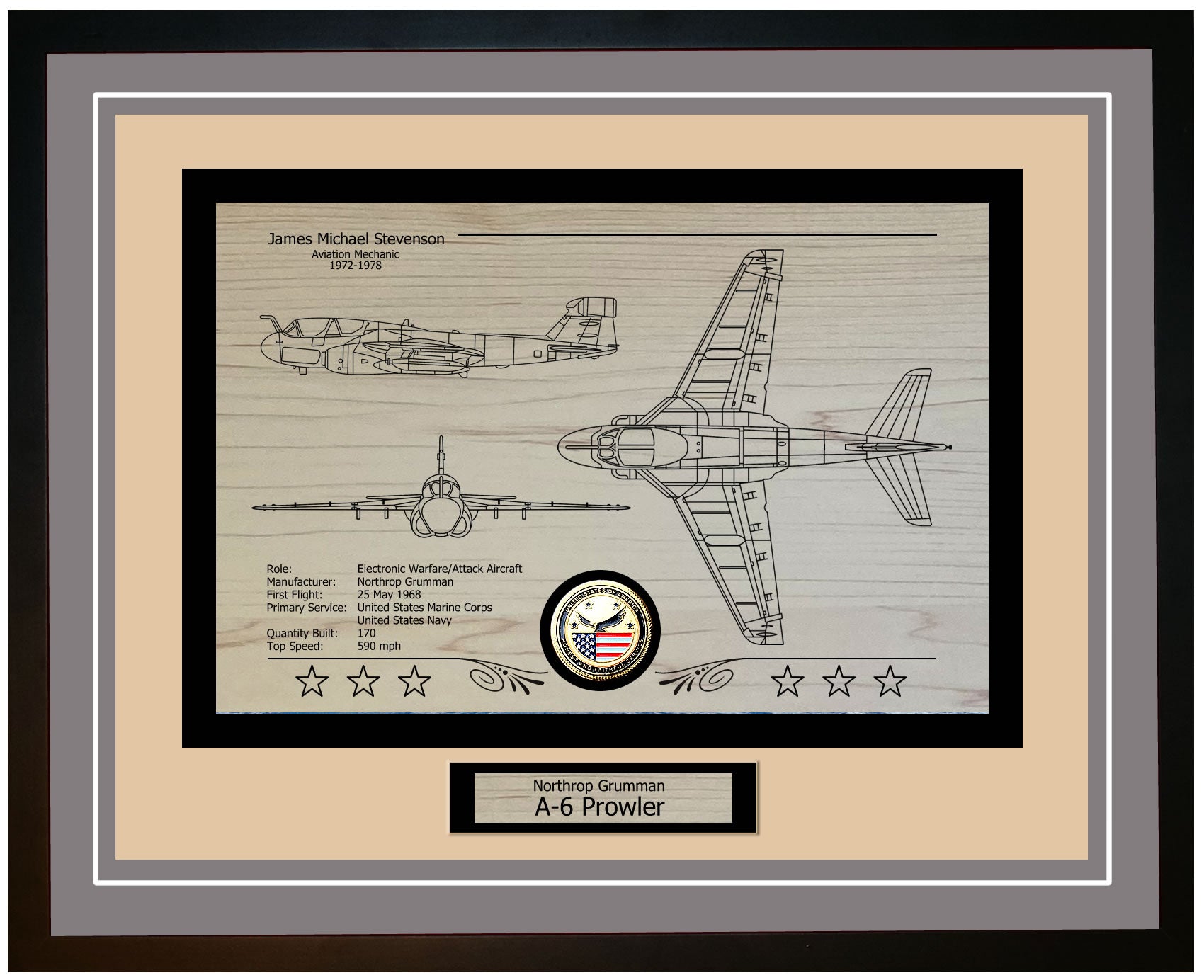The USS Jaccard (DE 355) was a destroyer escort of the John C. Butler class, constructed in Orange, Texas, during World War II. Construction commenced on January 17, 1944, at the Consolidated Steel Corporation shipyard, and the vessel was launched on March 18, 1944. The ship officially entered service with the United States Navy on July 26, 1944. The rapid expansion of the Navy's fleet during the war necessitated the implementation of accelerated construction techniques for the USS Jaccard, facilitating quicker assembly and deployment.
The ship was named in honor of Ensign Robert Louis Jaccard, an aviator who demonstrated exceptional bravery during the Battle of Midway and was posthumously awarded the Navy Cross. His courageous actions exemplified the dedication and valor exhibited by servicemen during World War II. Naming the ship after him served as a tribute to his bravery and a reminder of the sacrifices made by military personnel in the line of duty.
The USS Jaccard was distinguished by its armament and design features typical of destroyer escorts in the John C. Butler class. The ship was equipped with two 5-inch/38 caliber guns, four 40mm anti-aircraft guns, and ten 20mm anti-aircraft guns. Additionally, it featured three 21-inch torpedo tubes and depth charge projectors, rendering it well-suited for anti-submarine warfare. The ship's design emphasized versatility and adaptability, enabling it to perform various tasks, including convoy escort and anti-submarine patrols.
The USS Jaccard made a significant impact on the U.S. Navy by exemplifying the critical role of destroyer escorts during World War II. These vessels were essential in safeguarding convoys from submarine attacks, ensuring the successful transportation of troops and supplies across the oceans. Alongside its sister ships, the USS Jaccard demonstrated the effectiveness of destroyer escorts in submarine warfare, contributing significantly to the Allied victory at sea.
As part of the John C. Butler class, the USS Jaccard was specifically designed for anti-submarine operations and convoy escort missions. While smaller and heavily armed compared to destroyers, these ships excelled in speed and maneuverability, making them well-suited for their designated roles. The class was named in honor of Lieutenant John C. Butler, a pilot who tragically lost his life during the Battle of Midway. The design of these ships incorporated advancements in armament, speed, and survivability, informed by lessons learned from previous destroyer escort classes.
Upon its commissioning on July 26, 1944, the USS Jaccard, under the command of Lieutenant Commander John W. Schmidt, was swiftly deployed to the Pacific Theater. There, it engaged in vital missions such as convoy escorts, anti-submarine patrols, and support for amphibious landings. The commissioning ceremony was a moment of pride and anticipation for the crew as they prepared to contribute to the fight against the Axis powers. The USS Jaccard's contributions during World War II underscored the essential role of destroyer escorts in establishing and maintaining naval supremacy.
USS Jaccard DE-355: A Technological Marvel of Naval Warfare
The USS Jaccard (DE 355) was a member of the John C. Butler class of destroyer escorts, recognized for their adaptable features during World War II. With a length of 306 feet, a beam of 36.58 feet, and a draft of 13 feet, this vessel was compact yet formidable. Its hull was constructed from welded steel, combining strength and durability while ensuring efficient production timelines. The ship's superstructure was meticulously designed to enhance visibility and operational effectiveness, featuring a bridge that offered a comprehensive view of the surrounding waters.
The configuration of the USS Jaccard was strategically optimized for submarine warfare, with ample deck space allocated for armaments and sonar equipment. In terms of technology, the USS Jaccard was equipped with state-of-the-art systems for its era. Powered by two General Electric turbo-electric drive engines generating a total of 12,000 shaft horsepower, this propulsion system enabled the vessel to achieve speeds of up to 24 knots, facilitating agile escort missions and counter-submarine operations. Additionally, the ship was outfitted with advanced radar and sonar technologies, including surface search radar and the QHB sonar system. These technologies significantly enhanced the USS Jaccard's capability to detect and monitor enemy submarines and surface vessels, thereby boosting its overall combat effectiveness.
In terms of armament, the USS Jaccard was well-prepared as a destroyer escort. It was equipped with two 5-inch/38 caliber dual-purpose guns capable of engaging both air and surface targets. These guns were strategically positioned in turrets at the fore and aft of the vessel, providing a substantial firing range. Furthermore, the ship was armed with two 40mm Bofors anti-aircraft guns and ten 20mm Oerlikon cannons for close-in defense against enemy aircraft. This robust arsenal ensured that the USS Jaccard could effectively protect itself and the convoys it escorted from various threats.
Notably, the ship's anti-submarine armament was particularly impressive. It featured three 21-inch torpedo tubes capable of launching Mark 15 torpedoes designed specifically for targeting submarines, along with two depth charge tracks and eight K-gun depth charge projectors for deploying depth charges in a pattern to maximize the likelihood of success. The USS Jaccard was also equipped with a Hedgehog submarine mortar, which launched projectiles upon contact with the target. This comprehensive array of anti-submarine weaponry positioned the vessel to effectively detect and neutralize underwater threats.
USS Jaccard DE-355: Evolution of a Naval Guardian
Throughout its years of service, the USS Jaccard (DE 355) underwent numerous enhancements to maintain its effectiveness within the U.S. Navy. Originally commissioned during World War II, it was equipped with advanced submarine warfare (ASW) technology for its time, including depth charge projectors and Hedgehog anti-submarine mortars. As technological advancements emerged, the Jaccard received updates to incorporate radar and sonar systems, significantly enhancing its ability to detect and track targets. These upgrades were particularly important during the Cold War era, when the threat posed by Soviet submarines was considerable.
The USS Jaccard was primarily designed as a destroyer escort, tasked with safeguarding convoys and larger vessels from submarine and aerial threats. Its robust ASW capabilities enabled it to effectively hunt and neutralize enemy submarines—a function it performed admirably during World War II. Additionally, the ship was equipped with anti-aircraft guns, allowing it to defend against enemy air attacks effectively.
Over time, the mission scope of the Jaccard expanded to encompass a variety of tasks, including search and rescue operations, coastal patrols, and training exercises. These adaptations reflected the evolving needs of the Navy and the shifting landscape of maritime threats. During World War II, the USS Jaccard contributed significantly to the fleet by protecting supply routes across the Atlantic and Pacific Oceans, ensuring the safe transportation of troops and materials. Its presence in convoys deterred enemy submarines and aircraft, thereby reducing the risk of attacks.
Following the war, the Jaccard continued to serve as a reliable escort and patrol vessel, participating in numerous NATO drills and collaborative efforts with allied navies. Its adaptability and reliability were invaluable for maintaining security and projecting strength. Furthermore, the USS Jaccard has left a lasting impact through its legacy. Serving as a training platform for sailors over the years, it has imparted essential skills and knowledge to new generations of naval personnel. The ship's rich history and the commitment of its crew have made a significant impression on the U.S. Navy, embodying principles of dedication and resilience.
The improvements and operational enhancements made to the Jaccard not only bolstered its own effectiveness but also contributed to the overall power and preparedness of the fleet, solidifying the U.S. Navy's position as a formidable presence on the world's seas.
USS Jaccard DE-355: A Guardian of the Seas - Chronicles of Valor and Victory
The USS Jaccard (DE 355) played a significant role in key missions throughout its active duty, particularly during World War II. Launched in 1944, the vessel was primarily stationed in the Pacific Theater, where it undertook various responsibilities, including escorting convoys, providing anti-submarine warfare (ASW) assistance, and engaging in offensive operations against Japanese forces.
One of its initial major assignments occurred in the Mariana Islands, where the USS Jaccard safeguarded supply convoys essential to the island-hopping strategy. The presence of the USS Jaccard significantly facilitated progress across the Pacific by ensuring safe passage for troops and vital supplies. During the Battle of Okinawa—one of the key amphibious assaults in the Pacific conflict—the ship performed radar picket duties, which involved the early detection of enemy aircraft and kamikaze threats. The crew's exceptional courage and expertise were evident as they effectively intercepted and neutralized these dangers, playing a crucial role in protecting vessels and troop transports from devastating attacks, thereby contributing significantly to the operation's success.
The effectiveness of the USS Jaccard in this role underscored the importance of destroyer escorts within U.S. naval strategy during World War II. In recognition of its service, the USS Jaccard received numerous awards and commendations. The vessel was presented with the Asiatic-Pacific Campaign Medal, adorned with three battle stars, signifying its involvement in key battles. Additionally, the ship was awarded the World War II Victory Medal, acknowledging its contributions to the Allied triumph in the Pacific. The crew's performance and unwavering dedication amidst adversity were also recognized, resulting in individual awards and commendations for various crew members. These accolades not only highlighted the ship's achievements but also emphasized the courage and professionalism displayed by its personnel.
Following World War II, the USS Jaccard continued to serve during the Cold War years, participating in peacetime activities such as training exercises and goodwill missions, thereby contributing to naval preparedness and fostering international relations. Although the ship was decommissioned and removed from the Naval Vessel Register in 1946, its legacy endures through the accolades and battle stars it earned. The rich history of the USS Jaccard stands as a testament to the critical role played by destroyer escorts in warfare and honors the enduring dedication of those who served aboard her.
USS Jaccard DE-355 Ship Specifications
| Specification | Details |
|---|---|
| Class | John C Butler Class Destroyer Escort |
| Commissioned | July 26, 1944 |
| Displacement | 1,745 tons |
| Length | 306 feet |
| Beam | 36.9 feet |
| Draft | 13.5 feet |
| Speed | 24 knots |
| Complement | 14 Officers 201 Enlisted |






